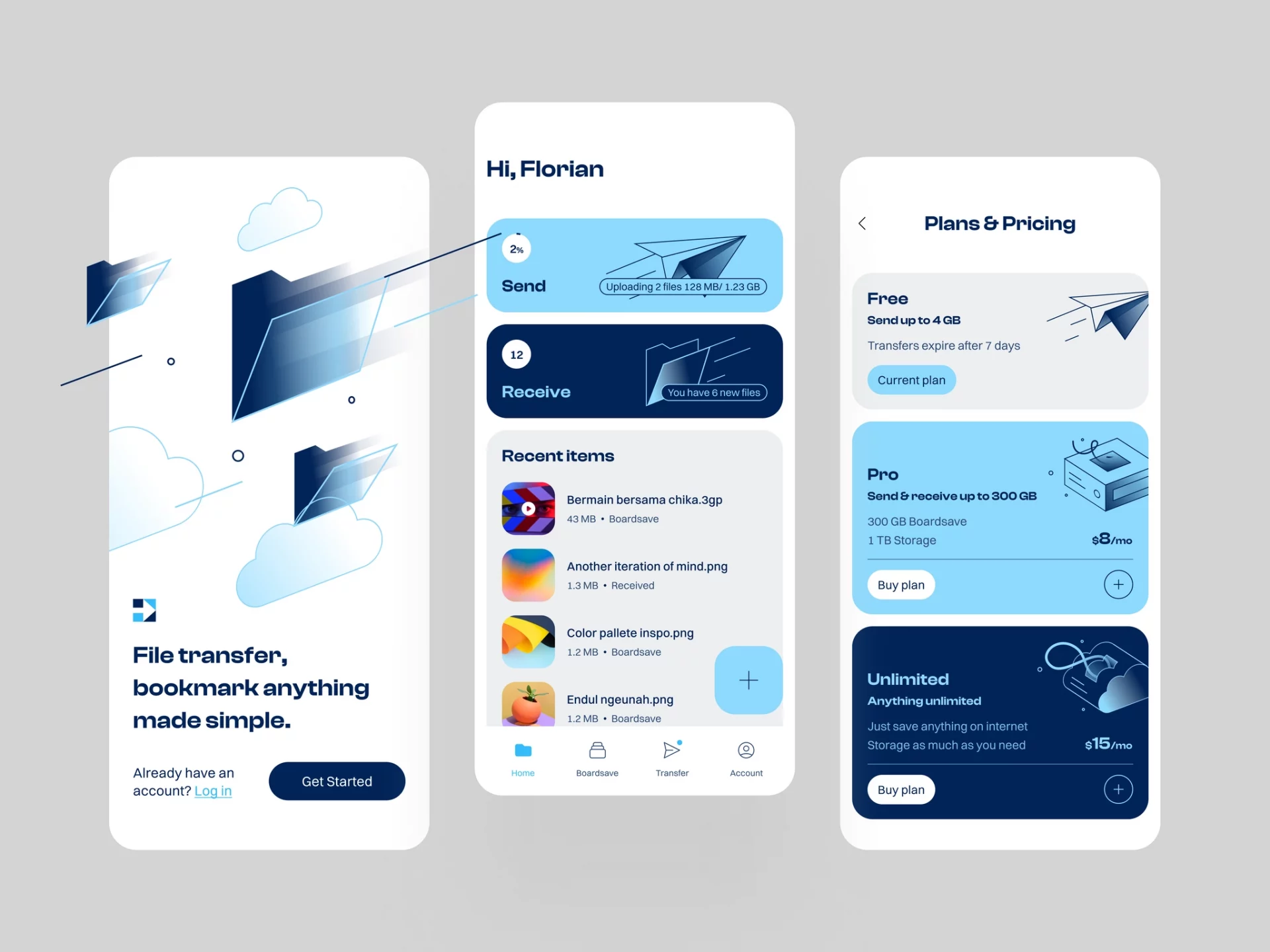Avoid These 5 Mistakes and Never Go Wrong With Node.Js Development
Node.Js was first introduced in 2009. Since that time, it is known as one of the best Javascript frameworks with its advantages and disadvantages.
Node.Js is an open-source JavaScript runtime environment that provides a persistent connection to a browser through a non-blocking I/O API. It efficiently optimizes mobile app throughput. So now you might begin to wonder, what could go wrong with that? Notorious problems, including Callback hell and slow NPM installs, could be easily avoided if developers used the right tools.
Overall, Node.Js significantly improves web server performance by boosting the speed and continuing the next request. But for all that to happen, developers need to implement its advantages for best results properly. There are some things you should know about Node.Js and understand it’s pitfalls first.
That’s why in this article, we’ve listed the most common mistakes that you should avoid to never go wrong with Node.Js development.
Invoking a Callback More Than Once
JavaScript relies on callbacks. Events in browsers are handled by passing references to functions that act like callbacks. As of Node.Js, these callbacks were the only way asynchronous elements of code communicated with each other. That was until the introduction of promises. Nevertheless, callbacks are still used, and developers design their APIs around them.
A common issue we previously referred to as the “callback hell” is calling a callback more than once. Developers often save a file and reload the Node.Js app to see if it crashes fast. It results in multiple callback executions, as they didn’t return after the first time.
Being careful means avoiding this mistake. For that reason, some developers have a habit of adding a return keyword before a callback invocation. In many functions, this has no significance, so it only makes it easier to avoid such issues.
Assuming Number To Be an Integer Datatype
In JavaScript, there’s no integer data type, which means numbers are floating points. That’s often not a problem as numbers large enough to stress the limits of the float are rarely encountered.
The floating-point numbers can hold integer representations up to a specific value. Exceeding it would instantly mess things up. Dealing with large numbers rarely happens, as we mentioned. Still, if you want to, you can find integer libraries, which implement the essential math operations on large precision numbers.
Using Console For Debugging
Console.log allows you to print anything to the console in Node.Js development. It turns any object into a JavaScript one. Furthermore, it would accept any number of arguments and print them space-separated. There are multiple reasons why software developers tend to use it to debug their code. However, using console.log in a real system is not recommended at all.
There are some great libraries built, especially for debugging, so there’s no reason to use console.log for this task. Such packages provide convenient enough ways to disable or enable debug lines when you start the app. Using debug is simple and more efficient.
Blocking The Event Loop
Node.Js is single-threaded. Developers need to deal with this fact. It means that anything that blocks the event loop will block everything. Two parts of the applications cannot run parallel. Injecting any piece of code when Node.Js is fetching a doc from the database system is enough to block the event loop.
Developers must address each case individually and avoid CPU-intensive tasks in general. A solution might be using an open-source module such as StrongOps to detect issues or delays in the loop.
Not Using Supervisor Programs
No matter where your Node.Js code is running, a supervisor program monitor that could orchestrate your application, is always beneficial to have. Often when developers design and implement modern apps, the code is set to fail fast. When an error occurs, it’s best if you don’t try to fix it. Instead, let the program crash and have your supervisor restart it. It happens in a matter of seconds.
Supervisor programs have multiple advantages. It not only restarts the program when it crashes but also does when files change. These are among the best Node.Js practices, which make the development process easier and faster.
Examples of such tools include supervisor or nodemon. They all have specific advantages, but it would be a great start if you choose only one and work with it.
Better Node.Js Development
The common mistakes we’ve listed above might have horrible consequences for your application. Although they are typical for Node.Js development, similar issues might be related to other programming languages too. Being aware of these mistakes, you may learn to avoid them during development. Otherwise, a good idea would be to get some Node.js consulting services. You can hire Fireart Studio experts to assist with the development of high-quality software products. Hire node js developers.





















